Hickory Oil
"The greatest service which can be rendered any country is to add a useful plant to its culture. Especially a bread grain. Next in value to bread is oil." - Thomas Jefferson
Imagine if there were millions of olive trees growing in the woods, and for hundreds of years nobody ever thought to make olive oil. Hickory trees, which grow widely all across the eastern U.S, are a wild cousin of the more familiar, domesticated pecan. Thanks to the research of Sam Thayer, there is a growing awareness that many hickory nuts can be pressed for a nutrient-dense, delicious, high-smoke-point culinary oil. Breadtree is partnering with Yellowbud Farm and Northern Forest Foods to develop and prove hickory oil as a commercially-viable perennial crop.
Today, the Northeast lacks a staple oil crop, and depends largely on canola oil (imported from Canada or the Northern Plains) and olive oil (imported from the Mediterranean or California). We see hickory oil production as an ideal agricultural complement for Northeast chestnut production because it produces a perennial staple fat (complementing a perennial staple carbohydrate) and thrives in poorly drained soil (where chestnuts generally do not).
Hickory has potential both as an orchard crop (like olive) and as a forest product (like maple syrup) produced from managed forest stands. Our partners co-developed GIS analysis with Terra Genesis that has identified hundreds of thousands of acres of wild hickory stands in New England, New York, and Pennsylvania. If managed and harvested, these trees could produce millions of gallons of oil annually and “reshore” a significant percentage of the Northeast’s culinary oil supply.
The economics of hickory oil production are less proven than those of chestnut, but current harvest data is promising, and suggests hickory could compete with olive and canola oil on a gallons/acre basis. We’ve established the largest domestic planting of hickory for oil production, and plan to quintuple hickory acreage in 2024, while assembling a nationally important hickory breeding population.
Until Breadtree begins pressing hickory oil, we encourage you to try some from our friends at Fancy Twig Farm or Keystone Tree Crops Cooperative.





